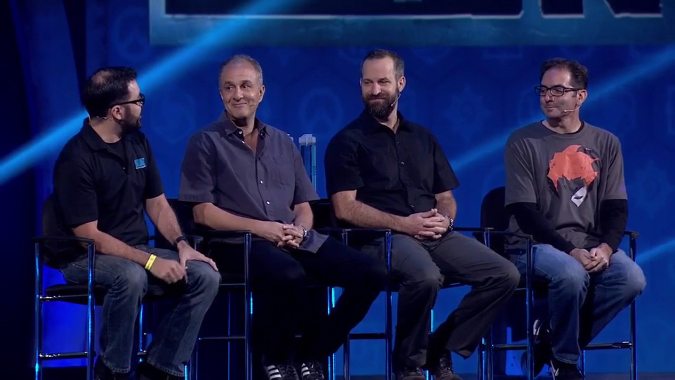BlizzCon 2017: Behind Blizzard’s Worlds panel explored failure and bad ideas
BlizzCon 2017‘s Behind Blizzard’s Worlds panel focused just as much on the company’s failures as it did on the company’s successes — and, perhaps, how the successes were only possible as a result of those failures. Hosted by Blizzard Entertainment vets Allen Adham (Executive Producer and Co-Founder of Blizzard Entertainment), Ben Thompson (Art Director of Hearthstone), and Jeff Kaplan (Game Director of Overwatch), Behind Blizzard’s Worlds dug deep into the company’s past.
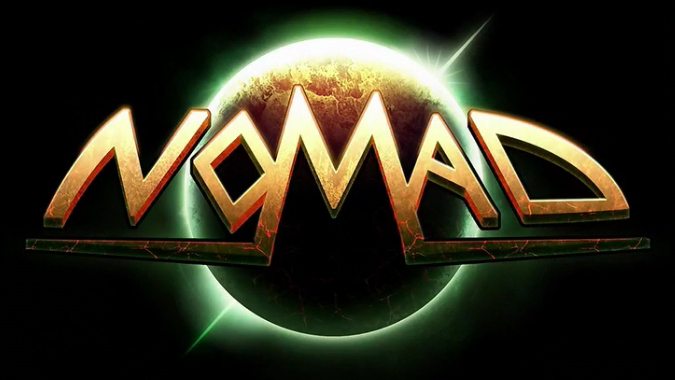
Nomad, predecessor to World of Warcraft
Before World of Warcraft, there was Nomad: a sci-fi fantasy game in the vein of fictional worlds such as Dune. Though it had been mentioned in passing before, Blizzard’s J. Allen Brack and Frank Pearce first discussed the game at length at a Games Developer’s Conference keynote back in 2009, when Titan was still in development. David Craddock, author of Blizzard history book Stay Awhile and Listen, described the game to Shacknews back in 2012:
In the game, codenamed Nomad, players would build up squads of soldiers, upgrade their abilities, find new guns, and go online to challenge other players’ armies. Others on the team favored an adventure/RPG more in the vein of Final Fantasy. Many of the team members were growing frustrated. Some wanted to settle on a direction and hit it hard, others didn’t care for one direction or another and wanted to do something else. Two developers from the latter group were Kevin Beardslee and Bill Petras. They, like most of the guys at both Blizzards, were hooked on EverQuest and started to think, “Hey, why can’t we make a game like this?”
As it turns out, the game was only in development for about a year. As Allen Adham describes it, once the team made the decision to move on from Nomad, they decided to begin development on World of Warcraft within 24 hours, if not by lunch the same day.
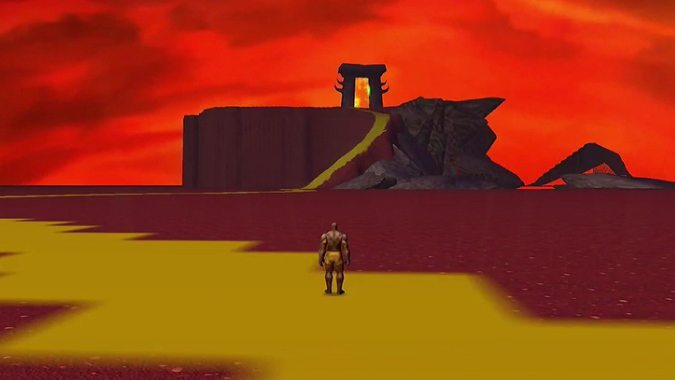
Cornering the market
Blizzard’s time spent playing EverQuest instead of working on Nomad was, in hindsight, not time wasted. Not only did it solidify in their minds what they wanted out of an MMO, but Blizzard developers were members of infamous EverQuest uber-guild Legacy of Steel. Through Legacy of Steel, Blizzard met future development talent such as Jeff Kaplan, who was a decidedly less pleasant person all those years ago.
Allen Adham provided a pair of key stats regarding the development of World of Warcraft: the game was developed in five years with a development team of 50-60 members. Even Adham admits, in 2017, creating an entire MMO from the ground up that quickly with a development team that small would be almost impossible. Adham and Kaplan briefly reminisced on the first year of the game’s launch, which Kaplan described as “pure panic.” As individuals who played WoW back at launch in 2004 would know, Blizzard vastly underestimated their own game’s popularity.
“You think you’re smart,” Kaplan said, prefacing what Blizzard believed was clever at the time. They had purchased more servers than they thought they would need at launch and placed 20% of their servers on reserve. As the game grew over time, they would spin up their additional servers to accommodate new, incoming players. On launch night, when servers filled to capacity within hours, Kaplan walked into the Operations room to tell they server admins they should probably spin up the servers they’d placed on reserve.
Server Ops had already spun up those servers. Those servers were full, too. Not only were those servers full, they had already placed orders for additional hardware, but the new server hardware wouldn’t arrive for two months. At that point, the best they could do was try to survive.
Soon, their server woes had become so bad, Blizzard stopped selling the game completely until they received their new hardware. For a full year, the developers were under the impression they’d failed — and through the disaster caused by inexperience, believed they had alienated their potential fanbase. All these years later, however, people are still playing World of Warcraft. The game remains one of the most popular MMOs in the world.
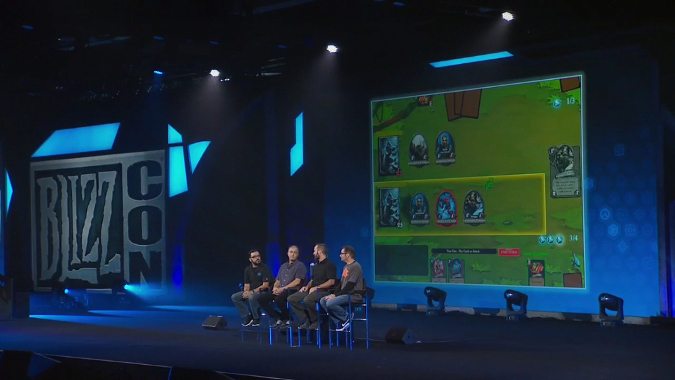
Hearthstone’s Team 5 failed… sort of
A few years after the launch of World of Warcraft, Blizzard established what is known internally as Team 5. Team 5 is the development team behind Hearthstone, but when the team was established, it was intended to be a small, agile development team capable of releasing a new game on an annual basis. Early on, the team had only a small handful of developers, Ben Thompson being one of them. However, only six short weeks after Ben Thompson joined the team, Blizzard effectively disbanded the team altogether. Developers and resources were reassigned to other, more urgent projects, such as trying to finish StarCraft 2 for its launch.
For a year and a half, team 5 consisted of only four developers, able to do nothing but plan, conceptualize, and bounce ideas off of each other. Even when the team had been reassembled, it had its skeptics within the company — and Jeff Kaplan admits he may have been one of the loudest. Not only was Kaplan skeptical of the team trying to develop a card game (he found card games too “niche” and “nerdy”), but Team 5 had taken Eric Dodds away from World of Warcraft. Dodds had formerly been one of the visionaries of the World of Warcraft team, shaping the game as one of its central designers in its early years. Though team 5 was supposed to release a new game annually, they hadn’t released anything at all in nearly four years. As Kaplan saw it, the team was squandering the potential of developers like Eric Dodds on a game he didn’t understand and didn’t seem to be making progress.
Team 5 caught wind of Kaplan’s skepticism. As Jeff Kaplan tells it, Eric Dodds made Kaplan sit down and face off against Ben Brode in a crude Flash-based prototype for Hearthstone. Despite his distaste of card games, and despite all reservations, Kaplan had a blast. Hearthstone eventually made it to market, and while the game is a wild success, it’s entirely contrary to what team 5 was meant to do. What was supposed to be a small team of agile developers constantly working on new games has turned into a much larger development team that has released only one game as a long-term game-as-a-service. As of January 2017, Team 5 has over 70 members, more than the number of developers who first made World of Warcraft.
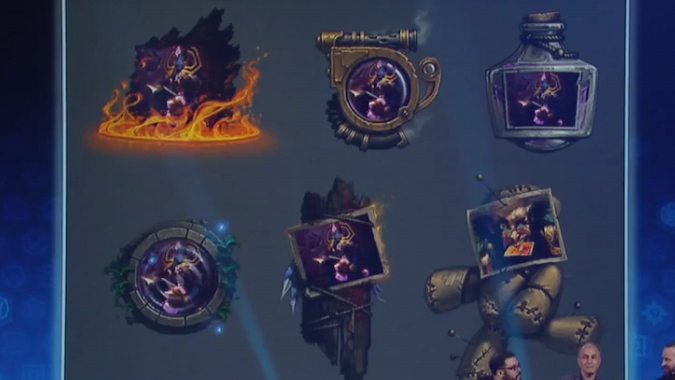
A packing house of bad ideas
When discussing the philosophy of game development at Blizzard Entertainment, all three panelists agreed bad ideas should be allowed. Ben Thompson described Hearthstone as a “packing house of bad ideas” and Jeff Kaplan extended a plea to not only other game developers, but to people in general: entertain bad ideas. It’s easy to shoot down a bad idea and demean someone for it, but Kaplan suggests sometimes you should roll with it. The panelists emphasized the phrase “yeah, but…” as a means of turning bad ideas into good ones. Sometimes bad ideas are bad, but sometimes, they’re ideas that can be improved through collaboration and brainstorming.
Each of the panelists listed bad ideas for their respective games that either turned out just fine, or were refined over time.
World of Warcraft
Allen Adham listed two ideas that were initially considered bad ones by some members of the development team: a real-time clock and divided factions. Where the real-time clock is concerned, Adham envisioned World of Warcraft not just as a video game, but a virtual world. For the sake of immersion in that world, time needed to have meaning — time needed to be time. He wanted Azeroth to reflect a 24-hour clock, but developers bristled at the idea of, for example, only seeing the game world in the dark if their only free time to play was in the evening. They remained in opposition to the idea until the art began to come together and they were able to see nighttime in-game for themselves. While those in opposition had been envisioning a pitch black game world, the art design presented something they actually came to love.
The most recently announced expansion, Battle for Azeroth, makes it plain Allen Adham won the faction war argument. However, one of its biggest detractors early in development was none other than Rob Pardo, who later became Game Director of World of Warcraft. Those who opposed the faction divide couldn’t understand why they would include a feature that might prevent friends from playing the game with one another. Adham believed friends would eventually sync up, choosing to play on the same faction, or making new friends with a loyalty inspired by their faction choices. Though Pardo lost the argument, Kaplan gives him a great deal of credit: Pardo took it in stride and personally put in a lot of the work required to make the faction divide possible and functional.
Hearthstone
Team 5 was developing a card game. Ben Thompson had worked as an illustrator for card games before joining Team 5. He didn’t want Hearthstone to use cards. He was, to quote, “an advocate for anything but cards.” Thompson wanted to be avant garde, do things that hadn’t been done before, and use the digital medium to represent minions and tokens in other ways. Maybe one class could be represented by potions while another was represented by daggers. The other members of team 5 humored him for awhile, but ultimately, his attempts to mix it up didn’t accomplish anything.
Cards, Thompson explained, are a common language and common point of reference. People understand what cards are and how they work. You draw cards, you can shuffle cards, and information is presented in certain ways and in certain places. By embracing cards and letting players focus on the common language of cards, they could more easily focus on learning the gameplay elements specific to Hearthstone.
Overwatch
Jeff Kaplan pointed out Winston as an early point of contention and confusion in the development of Overwatch. They set out to create a game full of superheroes and, while the team was creating character concepts, artist Arnold Tsang showed up with a drawing of a gorilla from the moon. The team wondered if a gorilla could be a superhero and where Overwatch should draw a line in the sand about silliness. Ultimately, rather than ask if Overwatch is a game that should have talking gorillas, they asked themselves what Overwatch needed to be to have heroes like talking gorillas.
Though the team initially had skepticism over the character of Winston, they didn’t dismiss the character as a bad idea. Instead, they asked how they could embrace a bad idea to turn it into a great idea. Their world, and their view of the world they created, was shaped to accommodate an ape scientist. Winston became a central figure of the game, one of the biggest and best heroes of Overwatch. Jetpack cat, however, might still be a little too far over the line.
Jeff Kaplan elaborated on the history of Overwatch — and how it came to be born from the failure of Titan — in an interview earlier in the convention.
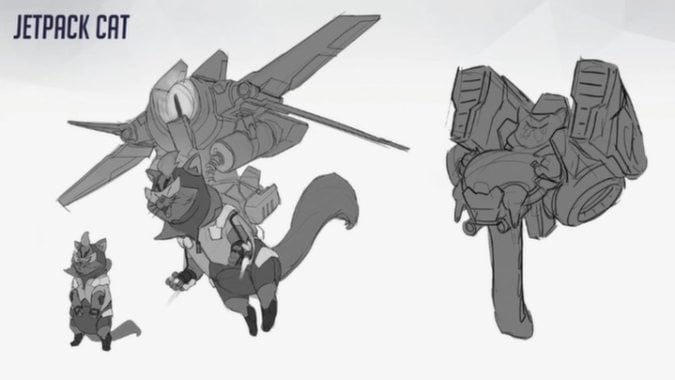
A formative moment
During the panel, Allen Adham reflected on the release of The Lost Vikings all the way back in 1992, when Blizzard Entertainment was still called Silicon & Synapse. Adham recalled visiting a Virgin Megastore after the game released and watching a 14-year-old boy play The Lost Vikings at a demo kiosk. The player failed to jump over a pit in the first level and died. The boy proceeded to put down the controller and move on to the next game in the kiosk.
Even if the younger developers at Blizzard don’t know this specific story, Adham says it has shaped Blizzard’s approach to games ever since, resulting in the “easy to play, difficult to master” mantra behind their games. In Blizzard Entertainment’s games, you should feel heroic from the start: powerful and given the space to take your first steps without punishment. In World of Warcraft, mobs won’t attack you on sight for the first few levels of the game, and you start in a place like Northshire rather than Stormwind so you’re not overwhelmed and can get your bearings. In the first few levels of a StarCraft campaign, the computer-controlled enemies will wait to be attacked rather than attack you first, and the tech tree is limited as a teaching tool.
Blizzard Entertainment has made mistakes and has had plenty of bad ideas, but they embrace it. Over 25 years of game development, all of their mistakes and bad ideas have accumulated as a legacy of experience — lessons learned over the years that enable them to constantly improve their craft. And Blizzard will continue to have bad ideas, because only through bad ideas could we have ended up with Hearthstone, Overwatch, or even World of Warcraft.
Please consider supporting our Patreon!
Join the Discussion
Blizzard Watch is a safe space for all readers. By leaving comments on this site you agree to follow our commenting and community guidelines.
 @AlexZiebart
@AlexZiebart